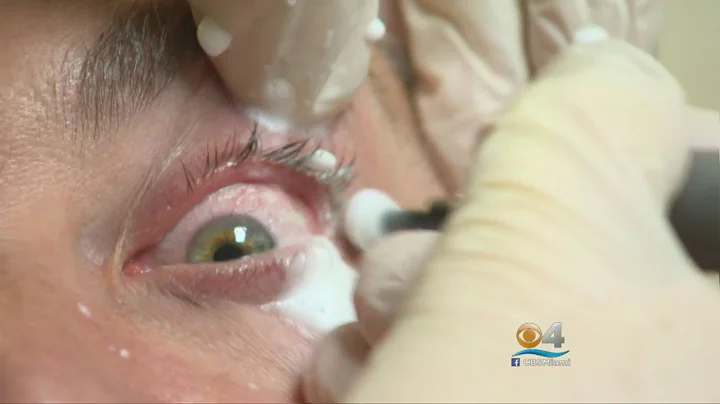
Tiny mites that live in human pores and mate on our faces at night are so simple with their unusual lifestyle that they may soon become one with humans, new research finds .
Mites are transmitted at birth and are carried by almost everyone. As the pores become larger, the number of mites peaks in adults. They are about 0.3 mm long and are found in hair follicles on the face and nipples, including eyelashes, and eat sebum naturally released by cells in pores. They become active at night and move between follicles seeking to mate.
The first genome-sequencing study of the D. folliculorum mite found that their isolated existence and resulting inbreeding caused them to shed unnecessary genes and cells and switch from external parasites to internal symbionts.
Dr Alejandra Perotti, associate professor of invertebrate biology at the University of Reading, who co-led the study, said: "We found that the genetic arrangement of these mites' body parts is different from that of other similar species because they have adapted to living cryptically inside pores. DNA These changes lead to some unusual physical characteristics and behaviors."
An in-depth study of Demodex folliculorum DNA shows:
● Because of their isolation, they are not exposed to external threats, do not compete for infected hosts, and do not Encountering other mites with different genes, the genetic reduction makes them extremely simple creatures with only 3 single-celled muscle-driven legs. They survive with minimal proteome —the lowest numbers ever seen in this and related species.
● The reduction of this gene is also responsible for their nocturnal behavior. The mites lack UV protection and have lost genes that cause the animals to wake up to sunlight. They are also unable to produce melatonin - a compound that makes small invertebrates active at night - however, they are able to use the melatonin secreted by human skin at dusk to facilitate their mating throughout the night.
● Their unique genetic arrangement also contributes to the mites' unusual mating habits. Their reproductive organs are moved forward and the males have a penis that protrudes upward from the front of their body, meaning they have to position themselves below the female when mating and mate while they are both clinging to human hair.
● One of their genes is inverted, giving them a special arrangement of oral appendages that stand out to collect food. This helps them survive while young.
● Mites have more cells when they are young compared to their adult stages. This is contrary to previous assumptions that parasitic animals reduce their cell number early in development. Researchers believe this is the first step for the mites to become symbionts .
● The lack of exposure to potential mates who might add new genes to their offspring may have led the mites to an evolutionary dead end and possible extinction. This has been observed before in bacteria that live inside cells, but never in animals.
● Some researchers hypothesize that mites do not have an anuses and therefore must accumulate all their feces throughout their lives and then release it upon death, causing skin inflammation. However, this new study confirms that they do have anus, which is unfairly blamed for many skin conditions.





















